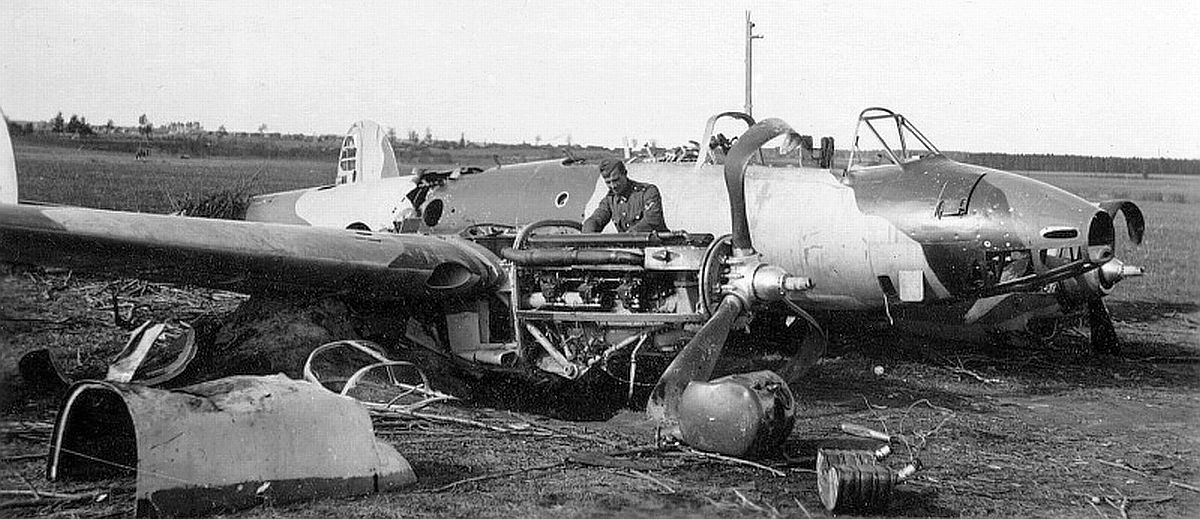Teaser
The Final Push - November 1, 1945
“Quite fitting to the time of Halloween, the invasion of the Japanese homeland officially began this week. 630,000 US military personnel are operating on or near the tropical beaches of Kyushu, fighting in conditions absolutely never seen in the Pacific Theater. After days of intense combat the enemy was on the run and the beachhead was secure. Military commanders have assured the public that the invasion will be swift in one final push to bring the Japanese to unconditional surrender.”
This is my first TL, so please be gentle with me!! (Joking, criticize me to hell and gone if you want)“Quite fitting to the time of Halloween, the invasion of the Japanese homeland officially began this week. 630,000 US military personnel are operating on or near the tropical beaches of Kyushu, fighting in conditions absolutely never seen in the Pacific Theater. After days of intense combat the enemy was on the run and the beachhead was secure. Military commanders have assured the public that the invasion will be swift in one final push to bring the Japanese to unconditional surrender.”
The POD is the US doesn't start working on an Atomic Bomb until 1945, same as the Ruskies! Also, Japan doesn't surrender even despite the Soviet occupation of Manchuria and US invasion threat. The first bit will be about Japan, but I wont go much into the actual invasion. Wish me luck!
Last edited:

